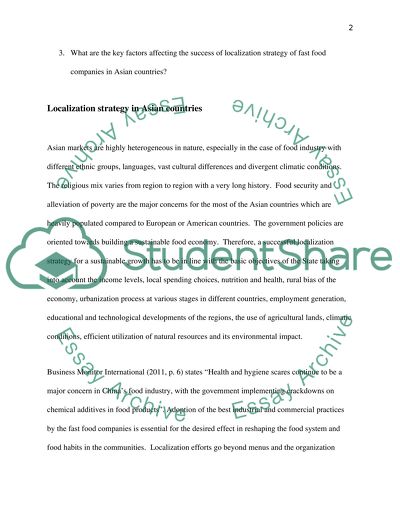Cite this document
(“Factors affecting the success of localization strategy of fast food Literature review”, n.d.)
Retrieved from https://studentshare.org/gender-sexual-studies/1414279-factors-affecting-the-success-of-localization
Retrieved from https://studentshare.org/gender-sexual-studies/1414279-factors-affecting-the-success-of-localization
(Factors Affecting the Success of Localization Strategy of Fast Food Literature Review)
https://studentshare.org/gender-sexual-studies/1414279-factors-affecting-the-success-of-localization.
https://studentshare.org/gender-sexual-studies/1414279-factors-affecting-the-success-of-localization.
“Factors Affecting the Success of Localization Strategy of Fast Food Literature Review”, n.d. https://studentshare.org/gender-sexual-studies/1414279-factors-affecting-the-success-of-localization.


